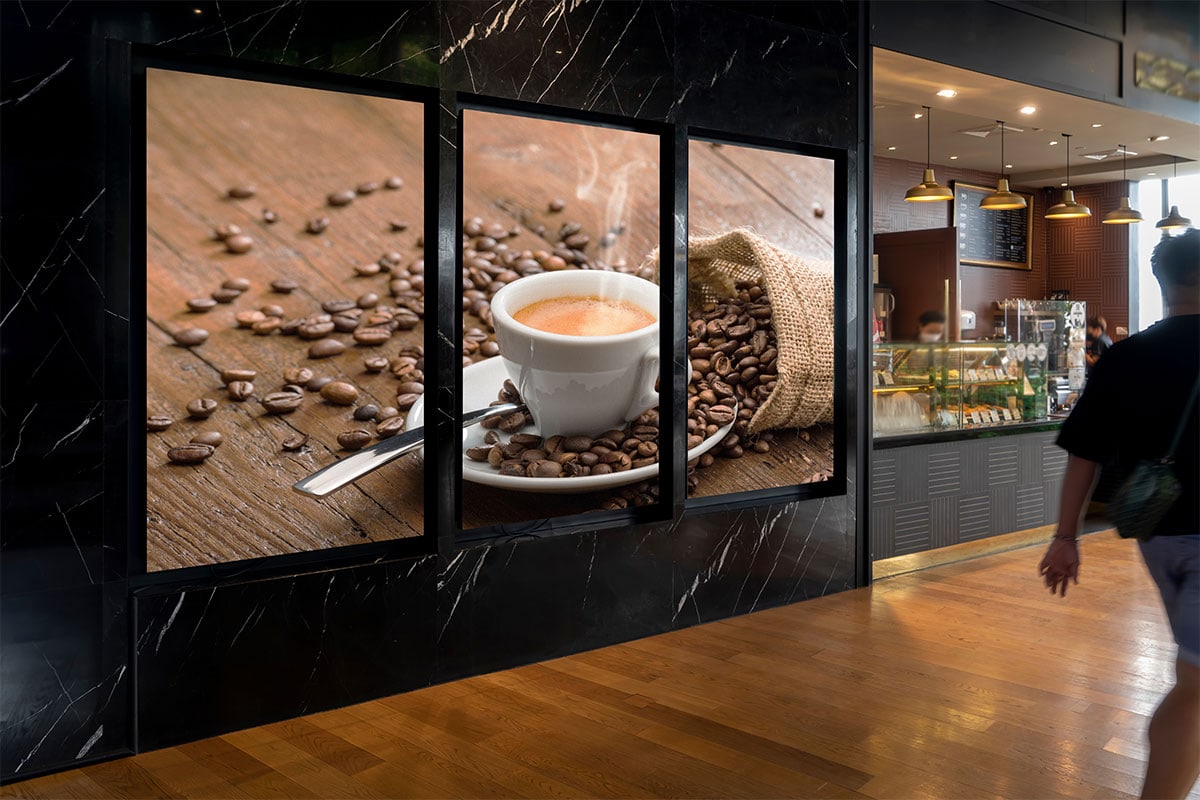Enhancing Visual Effect Through Tactical Content Scheduling in LED Display Performance
Wiki Article
Maximizing aesthetic effect during LED wall performances requires meticulous planning and strategic content scheduling. LED walls are powerful instruments in graphic narration, frequently utilized during musical events, gatherings, plus displays. The efficacy of these screens relies not only just upon the caliber of the images yet additionally upon the manner plus timing they are shown. By comprehending the audience's attention span and the flow of the occasion, event planners can craft a more engaging experience that captivates spectators and enhances the total performance.
One key aspect of tactical visual timing is timing. It is essential to align the visuals to the beat and pace of the performance. For instance, in the course of a musical show, images should complement the rhythm and mood of the music. This synchronization helps to create a cohesive experience that pulls the viewers closer. Additionally, it is important to take into account the length of each image segment. Short, impactful clips can sustain audience interest, while extended images may be appropriate for instances of contemplation or emotional bonding. By altering the duration and intensity of the images, organizers can keep the audience engaged during the show.

Another important element is the material in question. The visuals shown on the LED screen should be pertinent to the concept of the performance. This relevance helps to reinforce the narrative being communicated plus renders the encounter more memorable for the audience. For example, if the show is about environmental awareness, using visuals that depict the environment and animals can amplify the narrative. Furthermore, incorporating dynamic elements, such as animations or interactive graphics, can introduce excitement and keep the audience's attention. The right content, presented at the right time, can significantly enhance the impact of the performance.
Audience engagement is also a key factor in visual scheduling. Understanding the demographics and preferences of the audience can guide the selection of images. For example, a younger crowd may react better to bright hues and quick animations, while an older audience might appreciate more subtle and sophisticated visuals. By tailoring the content to the audience's preferences, organizers can create a more personalized encounter that resonates with spectators. Additionally, adding viewer involvement, such as real-time surveys or media engagements, can further improve involvement and render the show more engaging.
Finally, assessing the effectiveness of the content scheduling is essential for future performances. Gathering responses from the viewers can provide valuable insights into what was effective well and what could be enhanced. This information can help event planners refine their approaches and led wall content management for touch screens take informed decisions for upcoming events. By continuously assessing and adapting the content scheduling approach, organizers can amplify the aesthetic impact of light-emitting diode wall shows plus craft memorable experiences for their viewers.